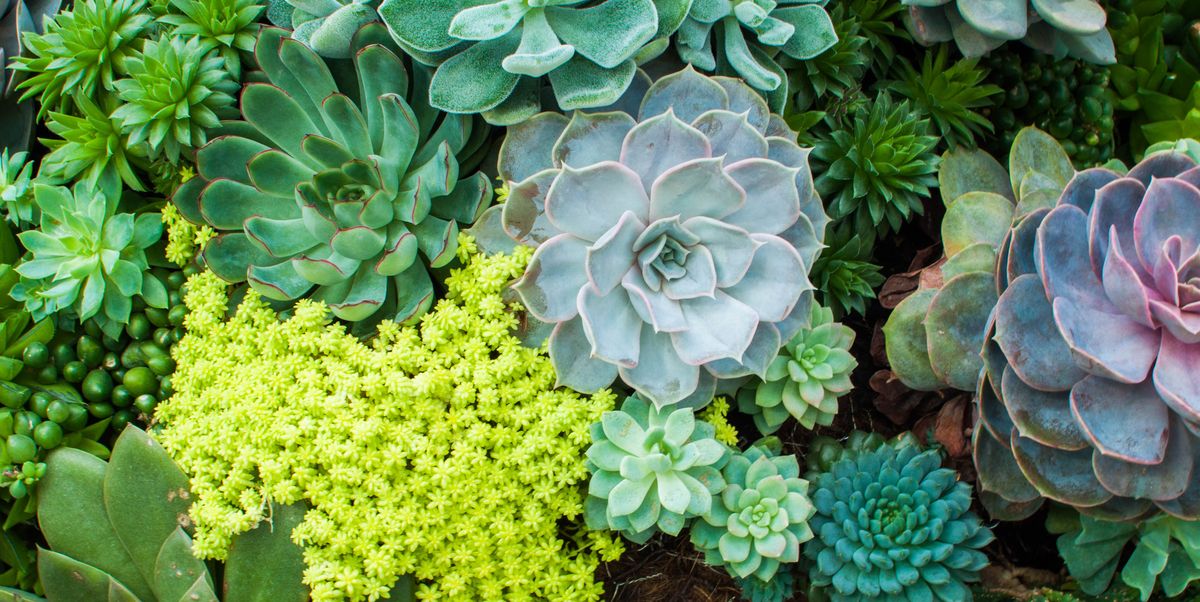Want to grow your succulent collection? Well, then you’re in luck because it’s a very easy thing to do. As long as you have a healthy mother plant, you’ll be able to enjoy limitless potential in growing new plantlets.
Learning how to propagate a succulent means not only means you’d be able to add new pots to your collection, but you’ll also be able to share them with your friends. You must have heard about succulent propagation in water already. The question is, how do you do it? That’s just one of the questions we seek to answer in this quick guide.
What Is the Quickest Way to Propagate a Succulent?
The quickest way to propagate a succulent is by getting cuttings. While growing new plants from seeds is certainly possible (not to mention fun and interesting), we don’t always recommend them for plant lovers who want to grow their collection quickly. After all, doing so will take longer and require more care.
Step 1: Get Your Cuttings
There are two types of cuttings you can get from a healthy succulent plant: stems and leaves. Which cutting to get will depend on the type of succulent plant you have.
Not all succulents have stems. Some, like the sempervivums and echeverias, only have heads. If that’s the case, the best option is to harvest the leaves. Another alternative option, which we only recommend if your plant is already suffering from legginess, is to cut off the head instead. This part can also root when done correctly.
If you plan on harvesting stem cuttings, you should select the healthiest stems to increase your chances of success. Remember to use a clean and sharp cutting tool, which should help minimize undue plant stress and prevent cross-contamination of disease between plants.
The next thing you should determine is getting the right length. We recommend getting at least four to five sets of leaves in your chosen stem. Our personally preferred length is around two to four inches long.
Each spot that holds a leaf also has a node, the part of your plant that can potentially grow roots. It is ideal to have at least two sets of nodes (four individual nodes in total) for rooting. This means you should remove two sets of bottom leaves. Do so carefully as you can use healthy leaves to propagate and root as well.
Meanwhile, the leaves that remain at the top part of your plant will help absorb the nutrients the cutting needs to develop its own root system. These leaves are what will help you grow a new plant, so it’s critical that you don’t remove them.
Step 2: Let the Wounds of Your Cuttings Dry
Once done, you’ll probably end up with a handful of stem cuttings and several leaves you can root. Don’t plant them just yet. Instead, allow the wounds to heal first, at least for a couple of days, to prevent potential root rotting later on.
You can do this by setting your cuttings on a tray of fast-draining succulent soil. Keep it away from direct sunlight, as excessive heat will be too much for your cuttings.
Step 3: Root Your Cuttings
After enough time has passed, the next step is deciding between rooting your cuttings in soil or water.
Propagating Succulents in Soil or Water
If you’ve chosen soil, make sure the succulent mix is nice and moist. Keep in mind that your cuttings will need constant moisture to grow roots. You should start to notice new growth after a few weeks. In our experience, some of the old leaves can wilt and fall on their own to accommodate new growth. It also helps the plant focus on growing roots instead of caring for old foliage.
Propagating Succulents in Water
Meanwhile, if you’ve chosen to root in water, place your cuttings in a clear vessel of water. This way, it will be more convenient for you to check the water’s state as well as the growth of new roots. Once it has established a new root system, go ahead and plant your new plantlets in their own pots.
Bonus Tip: Plant Your Cuttings in the Right Orientation
Regardless of the rooting method you choose, it is essential to plant your cuttings in the right orientation. Succulents (as well as other plants) are particularly sensitive about their orientation. The part that was originally at the lower part of the plant should stay that way.
The best way to keep track of the right orientation is to remove the bottom leaves immediately after cutting. This way, you’ll know that the bare half is the one that’s going to be planted into the soil or dunked in water.
Growing Your Succulent Collection
By following the tips we just shared, we’re confident you’ll have an army of new succulent plants soon. Unfortunately, and just to set your expectations, not all propagation attempts end in success. That’s why we always suggest harvesting more cuttings than the number of new plants you wish to grow. This way, you’ll have more wiggle room for potential errors in the future.






